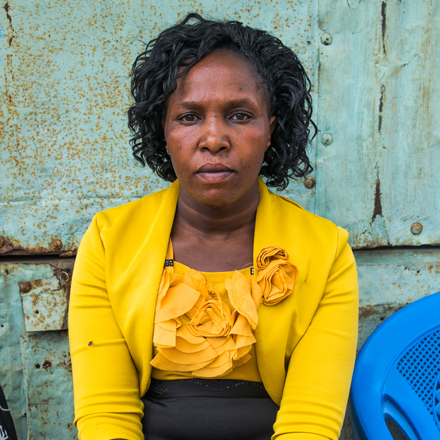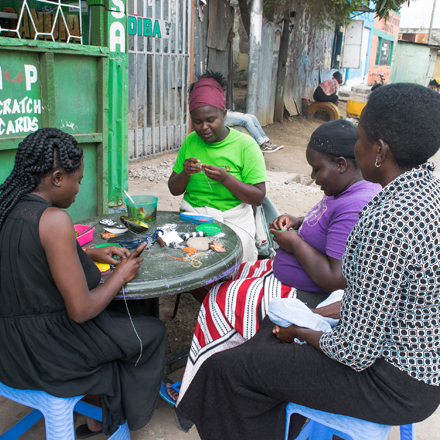Until recently, the low-income neighbourhood of Dandora, in Nairobi, Kenya, was best known as the location of East Africa’s largest informal landfill site. A project to improve living conditions for residents, however, is changing Dandora’s reputation for high crime and pollution to one of innovation and inspiration.
The Model Street initiative was conceived as part of a Making Cities Together project to improve Nairobi’s public spaces. It has transformed the physical appearance of a street in Dandora’s ‘Phase 2’ neighbourhood with paving, painting, children’s play areas and the planting of trees. Clearing drains and new rubbish bins have improved sanitation while better lighting has increased safety for residents and business owners. The planning stage of the project included innovative Minecraft workshops, during which residents used the gaming software to visualise and shape their new shared space. Weekend building parties helped to engage as many residents as possible during the three-year construction process before Model Street’s official launch in April 2018.
The success of the initiative and the positive impact it has had on the safety and wellbeing of residents is now influencing projects – and even policy – across Nairobi. The Dandora dumpsite may still exist, but the community that has lived in its shadow for so long has now become a leading light in the transformation of the city’s neglected public spaces.









